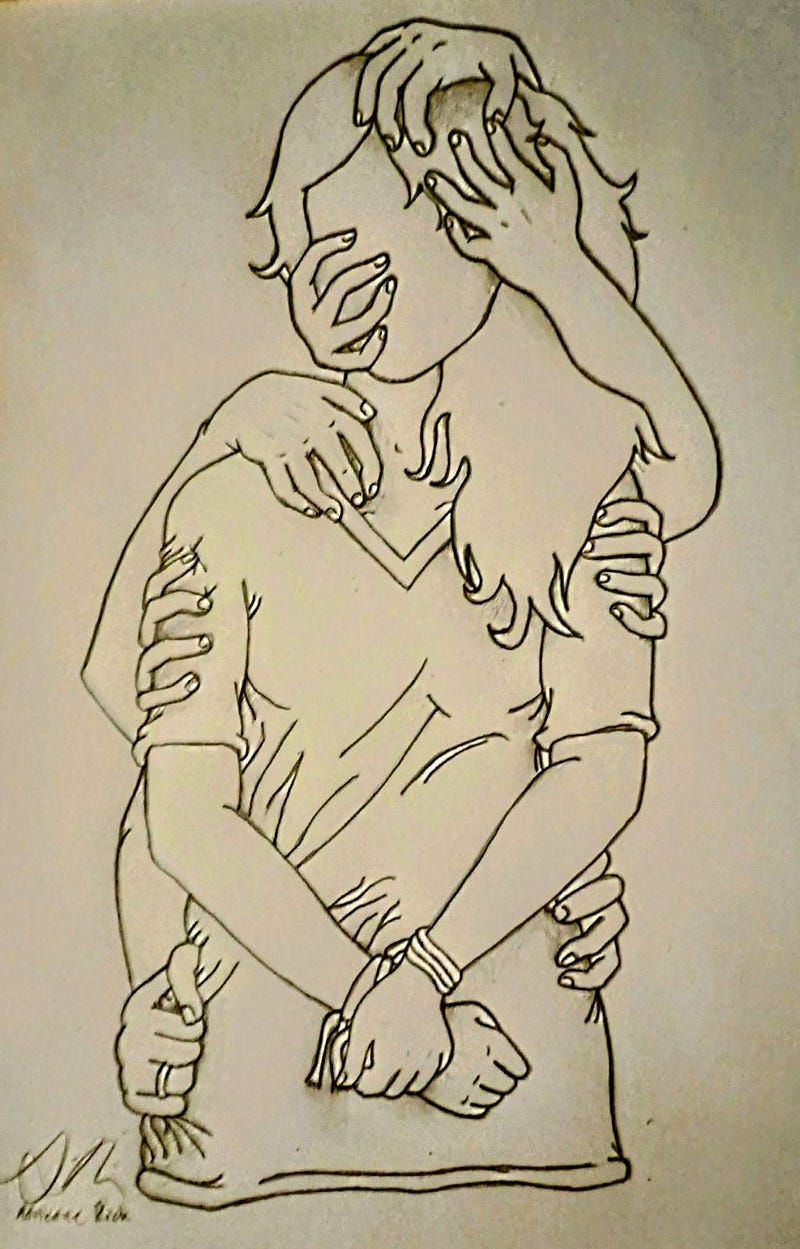Understanding the Interplay of Trauma and Shame in Healing
Written on
Chapter 1: The Roots of Toxic Shame
Many individuals seek my assistance because they are grappling with the aftermath of childhood trauma. Unbeknownst to them, this often intertwines with deep-seated, toxic shame. Although I have previously penned comprehensive articles on shame, such as "Unshaming Shame," I felt it necessary to present a more concise exploration of this complex subject. The topic of shame is extensive, and its profound influence is frequently underestimated.
From birth, we possess the ability to feel shame, distinguishing it from guilt, which is a secondary emotion. A single incident during childhood can elevate the healthy emotion of shame to the forefront. This form of shame is intended to safeguard us and ensure our well-being.

Consider a scenario from your early years: perhaps as a toddler, you reached for something deemed unsafe, like a hot stove. An adult might have quickly pulled your hand back, exclaiming, “No! Don’t touch that!” While this reaction is typical for caregivers, it can trigger a wave of shame. In that moment, you might have sensed the urgency in their voice, the concern in their expression—this is where shame kicks in, signaling “Time for protection!” This reaction likely led to tears, followed by comfort. Shame serves to keep us quiet and cautious, reducing the risk of harm.
This instinctual reaction seems beneficial, acting as an internal safeguard, but it can evoke intense discomfort. Shame often creates the feeling that we have done something wrong and that others will judge us harshly if they discover it. The sensation of being exposed can be profoundly unsettling.

Yet, it’s essential to understand that while shame may feel uncomfortable, it serves a protective purpose. However, in dysfunctional environments, healthy shame can morph into toxic shame. This transformation fosters an inner critic that is loud, harsh, and unyielding, often drowning out any nurturing self-talk.
When healthy shame becomes toxic, its purpose shifts to keeping us small and silent, attempting to shield us from the recurring trauma and abuse we might have faced. This toxic shame does not simply vanish as we mature; instead, it shapes our identities and must be addressed for true healing to occur.
Unlike healthy shame, which revolves around specific events, toxic shame is tied to the self. For instance, when a child in a nurturing family makes a mistake, a caregiver might respond with, “It’s just a mistake; we all make them. Let's fix it together.” This approach allows the child to understand their humanity without feeling defined by the error. Conversely, a child in a dysfunctional setting might hear, “You’re so clumsy; how could you do that?” Such comments create a break in connection and establish toxic shame, leading the child to internalize the belief, “I am my mistakes,” rather than simply “I made a mistake.”

As we delve into adulthood, many may wonder why, despite having left their traumatic past behind, they still struggle with self-acceptance. The answer often lies in the lingering effects of toxic shame. Even when trauma has been addressed in therapy, failing to confront the toxic shame can lead it to resurface, attempting to keep us safe by perpetuating smallness.
Toxic shame manifests in various aspects of life, affecting personal relationships, careers, parenting, and choices. In professional settings, it may appear as perfectionism, self-sabotage, or disorganization. I've previously created an infographic illustrating various ways toxic shame can impact our work lives.

Understanding the deep-seated layers of developmental trauma and toxic shame is crucial. It is essential to recognize that healing from relational trauma requires connection and support. For the “pockets” of toxic shame we carry, we must gently illuminate them, dismantling the false narratives that keep us trapped in self-criticism.
Is this process simple? No. Is it worthwhile? Absolutely.
As you navigate your journey, remember to care for all parts of yourself, especially those burdened by toxic shame. Healing and nurturing are not just possible; they are your rightful path.

Chapter 2: The Science Behind Shame and Healing
This video explores the nature of trauma, providing insights into its effects on the mind and body.
Bessel van der Kolk, the author of "The Body Keeps the Score," discusses trauma and its lasting impact on our lives.